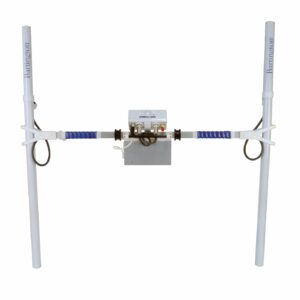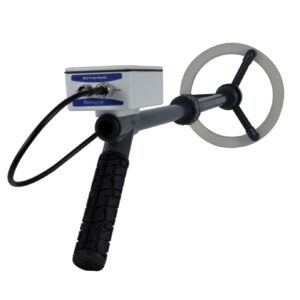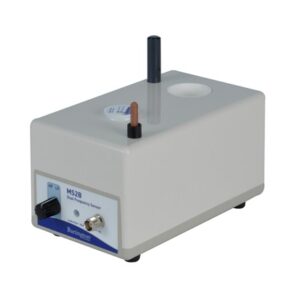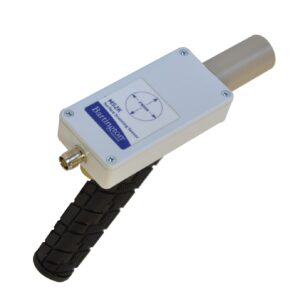Geosciences and Archaeology
Archaeology

Magnetics is commonly used for imaging underground structures. In Archaeology, magnetic susceptibility is used for large scale mapping of susceptibility enhancement which can be associated with human activity. This will provide a broad scale image of areas within a site subject to the magnetic enhancement, one origin of which is human activity (including high temperature from fire – kiln for example). The MS3 together with the MS2B, MS2D, MS2F or MS2K have been used in a number of surface applications, whilst the MS2H can be used in auger holes for stratigraphic investigations.
For more detailed imaging, magnetic gradiometers can be used to provide a much more accurate image of the underground structures present. By measuring the gradient of the magnetic field, it is possible to image small magnetic anomalies associated with archaeological features. The Grad601-2 has been used as standard for a number of years and can now be deployed on cart based systems together with the Grad-13.
Forensics

Similar to the archaeological applications, magnetic susceptibility and magnetic gradiometers can be used for forensics, where the purpose is to detect either ground disturbances (associated with the burial of items) or the magnetic signature of the buried items directly.
The type of sensor will be dependent on the sample measured, but the MS2B, MS2D are commonly used for sample analysis taken back to the lab or for field mapping.
Pollution studies

Magnetic susceptibility of a soil is a measurement which is affected by the magnetic properties of all components in the sample. Whilst most constituent in a soil sample will be mostly paramagnetic, with small magnetic susceptibility, a small amount of ferromagnetic material can raise the susceptibility reading of the soil. Pollution whether this is industrial or from vehicle is usually made of heavy metal particulates which will raise the overall susceptibility of a sample.
Paleoclimate

Magnetic susceptibility enhancement in soils can be associated with climatic conditions (temperature/precipitation) and can therefore in some conditions be used as a proxy for paleoclimate conditions. Iron oxides minerals go through different stages of oxidisation (bi and trivalent) and have different magnetic properties. Depending on the external conditions, the oxides maybe in their bi or trivalent states which have different magnetic properties.
Susceptibility measurements can thus be used to infer the state of oxidisation and by extent understand the paleoclimatic conditions that prevailed at the time of deposition.
A wide range of sensors are available for this application from field measurements (MS2K) to lab measurements on individual samples (MS2B) or cores (MS2C or MS2E).
Landscape Dynamics
Magnetic susceptibility can be used to track the origin of sediment deposits. Igneous rocks contain naturally occurring ferromagnetic material, and their erosion will lead to their accumulation in igneous rocks derived sediments. Though as seen, other processes can lead to magnetic enhancement. However, there is a difference in mineral size between primary (created through erosion process) and secondary (issued from the magnetic enhancement in different Redox conditions) mineralisation. The dual-frequency available on some of the magnetic susceptibility sensors will allow to identify these fine secondary mineralisation as they will provide a different response at different operating frequencies, whilst larger primary mineralisation provide an identical response between at different operating frequencies.
The MS2B with its dual frequency settings is the primary sensor for this application.
